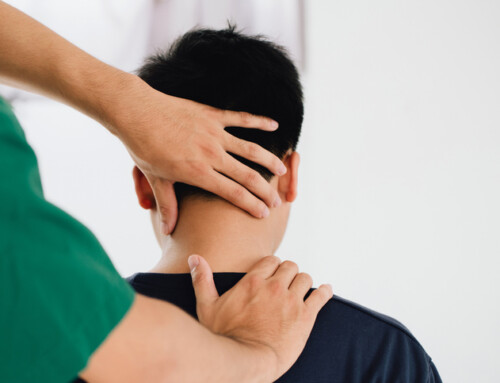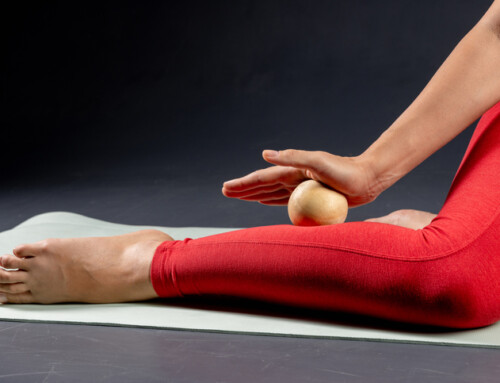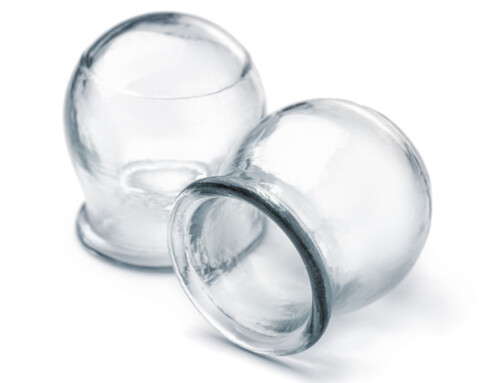by Nate Zalucky; SPT
What is TMJ Disorder?
The temporomandibular joint, or the TMJ, is the joint responsible for movement of your jaw. It allows for movements related to speaking, chewing, swallowing, facial expression, and breathing. When issues arise with this joint, it’s called TMJ disorder. Signs and symptoms of TMJ disorder includes jaw pain that can be accompanied with clicking or locking, ear ringing or fullness, headaches, and neck pain. TMJ disorder can be caused by a multitude of factors including teeth clenching, stress, improper posture, and jaw trauma. In addition to all of these, did you know how you breathe can play a role in contributing to the development of TMJ disorder?
Breathing & TMJ Disorder
When you fail to practice diaphragmatic breathing, it can lead to overuse of the upper extremity muscles, such as the pectoralis minor in the chest, along with the sternocleidomastoid and scalene muscles in the neck. What this does is lift the chest up, round the shoulders, and protrude the head forward. This can lead to the development of forward head posture (FHP). FHP can lead to TMJ compression, change the natural resting position of the jaw, and cause mouth breathing, all of which can lead to TMJ disorder.
In order to optimize breathing technique and efficiency, you need to be able to rely on your diaphragm, also known as diaphragmatic breathing. The diaphragm is a dome shaped muscle and the main muscle involved in breathing. When the diaphragm contracts, it flattens and creates a vacuum. What this does is decrease the pressure inside the lungs, allowing air to come in without any additional effort. During relaxation, the diaphragm rises, reversing this process and increasing pressure so that air flows out automatically.
How to Practice Diaphragmatic Breathing
- Lie down on your back on a flat surface. Bend your knees and support your head.
- Place one hand on your chest and one hand on your stomach just below the ribs.
- Breathe in through your nose slowly. If this step is done correctly, only the hand on your stomach should move, while the hand on your chest remains still. This is an indication that you’re properly using your diaphragm and giving those accessory muscles in the neck and upper extremity a rest.
- Brace your core and exhale through your mouth using pursed lips as if you were blowing out a candle.
Physical Therapy for TMJ Disorder in Saratoga & Queensbury
If you are experiencing jaw pain and dysfunction, physical therapy for TMJ can often help reduce pain and restore range-of-motion. To schedule your evaluation and get started on the path to a pain-free life, call Capital Area Physical Therapy at (518) 289-5242. Our physical therapy offices are located in Queensbury, Saratoga Springs, Malta and Delmar.
References
1.Bordoni B, Varacallo M. Anatomy, Head and Neck, Temporomandibular Joint. Nih.gov. Published February 6, 2019. https://www.ncbi.nlm.nih.gov/books/NBK538486/
2.Proper Resting Tongue Position: Yes, That’s.. – Beth Snyder DMD. Beth Snyder, DMD. Published January 27, 2020. Accessed July 16, 2025. https://www.bethsnyderdmd.com/proper-resting-tongue-position-yes-thats-a-thing/
3.Bartley J. Breathing and temporomandibular joint disease. Journal of Bodywork and Movement Therapies. 2011;15(3):291-297. doi:https://doi.org/10.1016/j.jbmt.2010.06.002
4.Cleveland Clinic. Diaphragmatic breathing exercises & techniques. Cleveland Clinic. Published 2022. https://my.clevelandclinic.org/health/articles/9445-diaphragmatic-breathing






